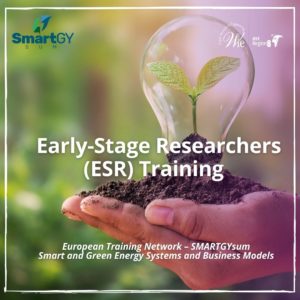Reports – Warsaw
| Director (Antonio Luque) | Director-Elect (Vincenzo Piuri) |
| Past-Director (Magdalena Salazar Palma) | Secretary (Ljupco Karadzinov) |
| Treasurer (Adam Jastrzebski) | V/C Member Activities (Sara Barros) |
| V/C Student Activities (Simay Akar) | V/C Technical Activities (Peter Nagy) |
Subcommittee Reports
| Action for Industry (AfI) | Humanitarian Activities Subcommittee (HuA) | Region 8 News (R8News) |
| Africa Council | Life Member Coordinator (LM) | Region Vitality Coordinator (RVC) |
| Awards & Recognition Subcommittee (A&RSC) | Membership Development Subcommittee (MDSC) | Sections Congress Coordinator |
| Careers New Initiative | New Industry Events Initiative | Social Media Coordinator |
| Chapter Coordination Subcommittee (ChCSC) | New Student Contests Initiative | Standards Coordinator (StC) |
| Conference Coordination SubCommittee (CoCSC) | Nominations and Appointments Subcommittee | Strategic Planning |
| Congress Coordinator (SYP/xSYP) | Professional and Educational Activities Subcommittee (PEAsC) | Voluntary Contribution Fund Coordinator (VCF) |
| Diversity, Equity and Inclusion | Publications and Communications Subcommittee (PnC) | Women in Engineering Coordinator (WIE) |
| Electronic Communications Coordinator (ECC) | Region 8 Sigma | Young Professionals Subcommittee (YP) |
| History Activities Coordinator (HA) | Region 8 Today (Region8Today) |
Section Reports
Report Templates
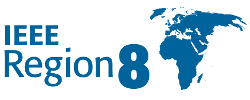

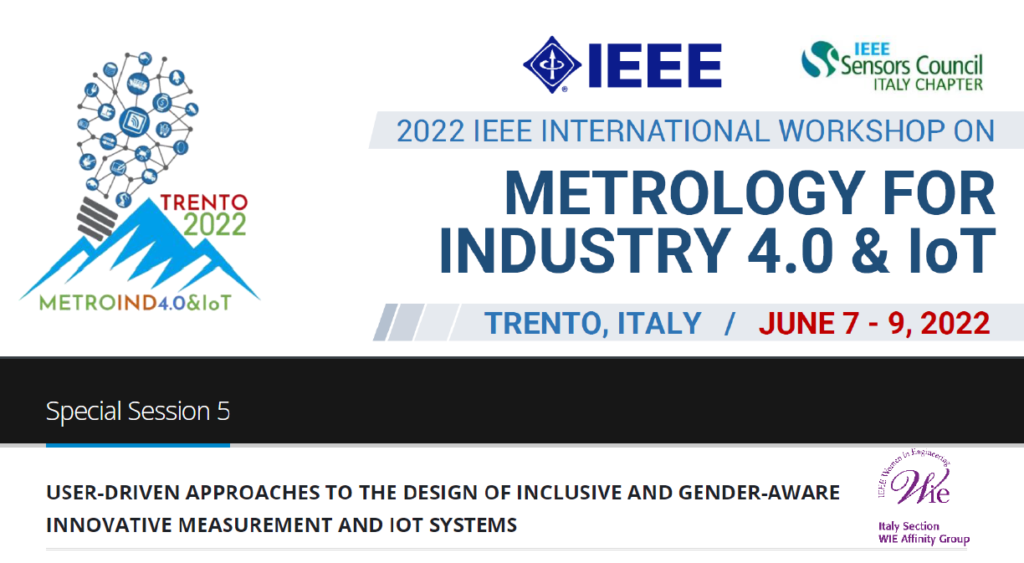

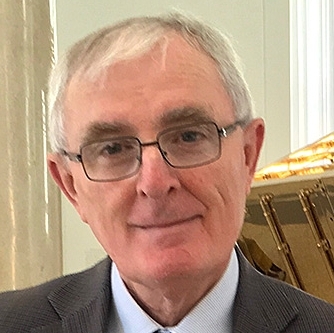 Antonio
Antonio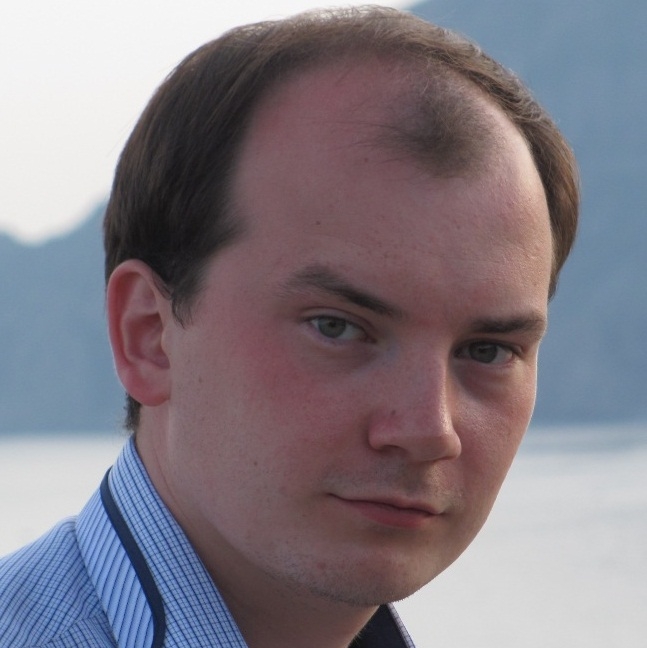 Evgen
Evgen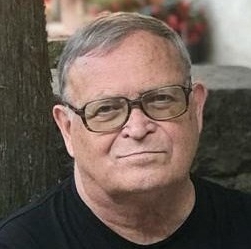 Sergei
Sergei